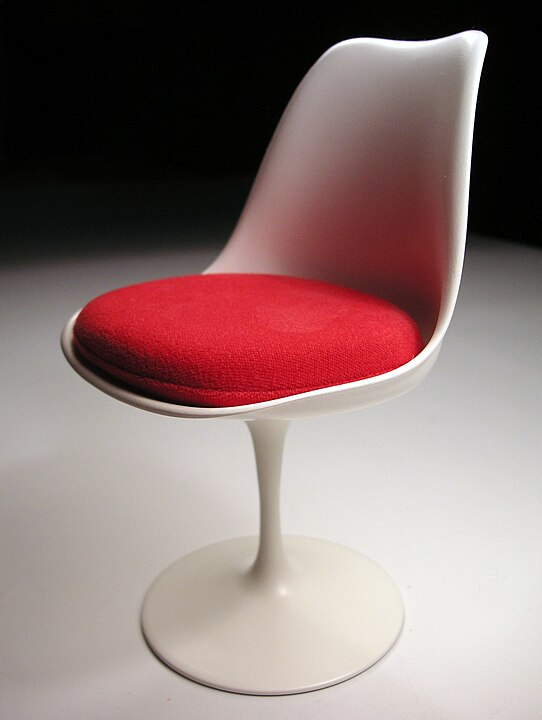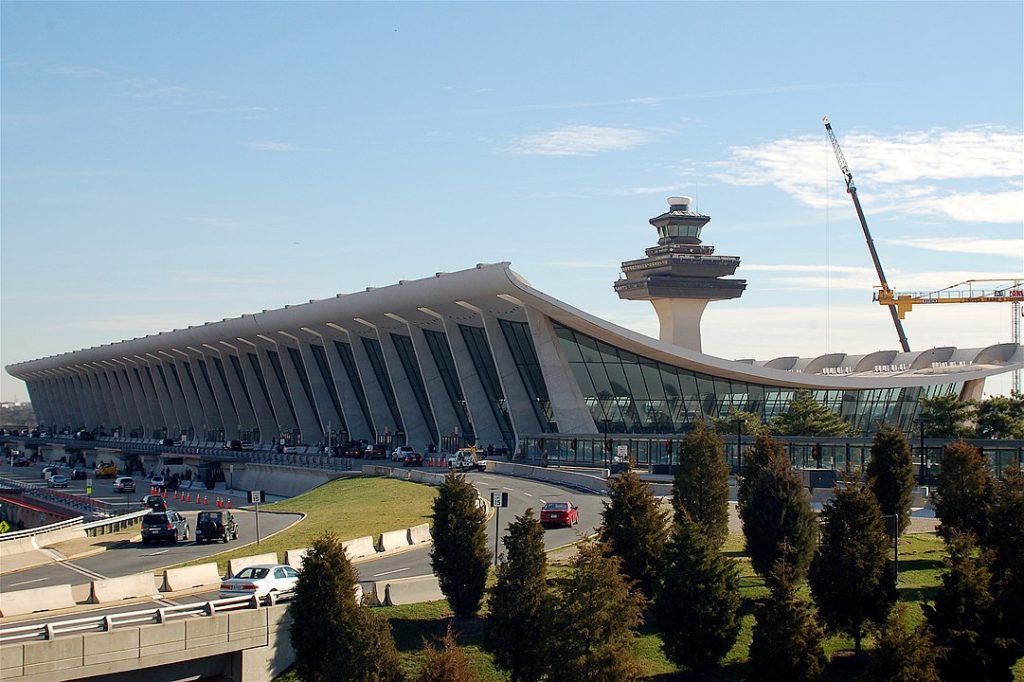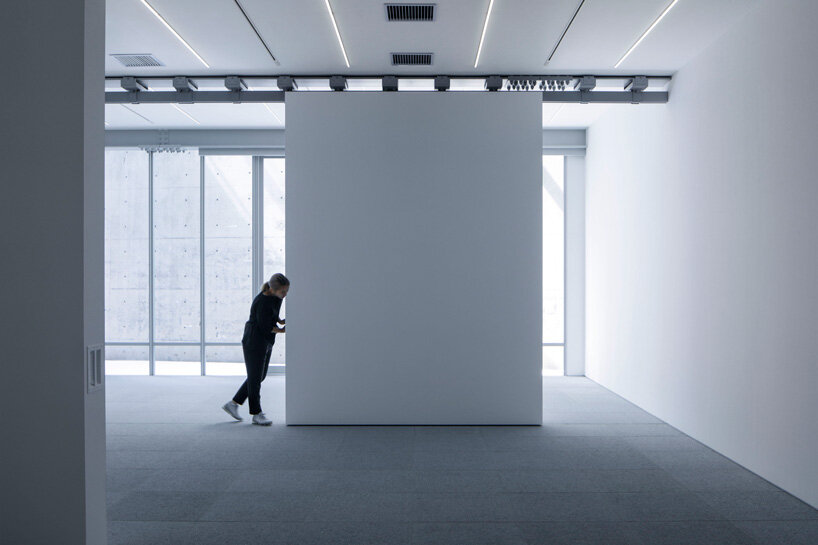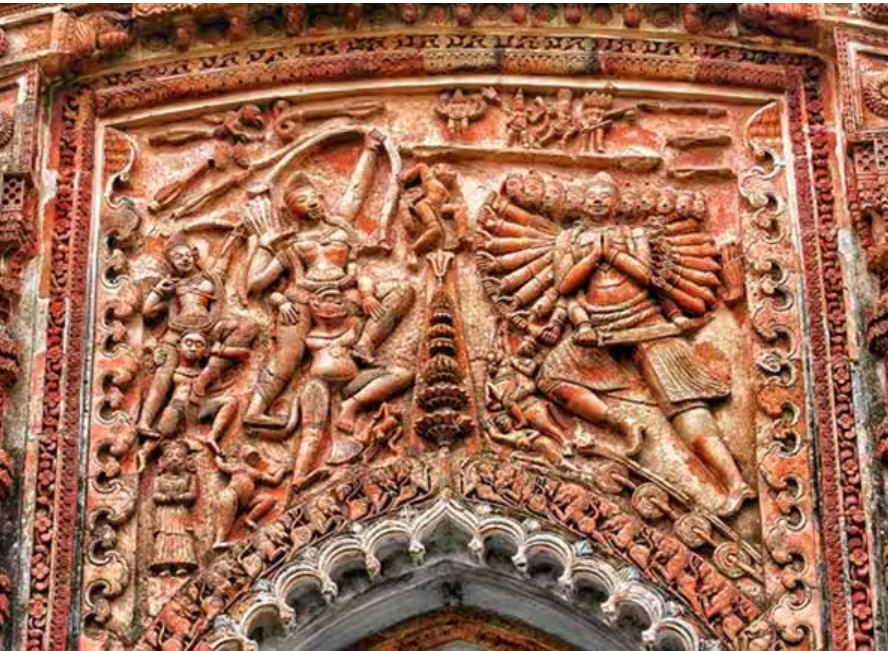Renowned architect of the 20th century, Eero Saarinen, created ideas that combined practicality with sculptural beauty, leaving a lasting impression on the built environment. Eero Saarinen, born in 1910 in Finland to the well-known architect Eliel Saarinen, owes much of his remarkable career to his early exposure to architecture. To demonstrate Saarinen’s significant influence on modern architecture, this essay examines his biography, influences, essential works, and lasting legacy.
A combination of Finnish and American cultures influenced Eero Saarinen’s early years. He came to the United States in 1923 and was raised in a culturally diverse setting with a strong emphasis on architecture and the arts. Eliel Saarinen, his father, was a great mentor and influence who gave Eero a strong appreciation for design and artistry. Eero’s approach to architecture, marked by meticulous attention to detail and a search for innovation, would subsequently reflect this early encounter. His education further refined Saarinen’s perspective and abilities. Before joining the faculty, he attended Yale University to study architecture and sculpture in Paris. Saarinen studied modernism at Yale, where Norman Bel Geddes and other influential figures influenced him. He also pursued his interest in form and structure.
Saarinen’s pursuit of forms and materials that have the potential to evoke emotion is what defines his design philosophy. Drawing from his father’s romantic nationalism and his exposure to modernist ideas, Saarinen aimed to design structures that fulfilled their utilitarian functions while striking an emotional chord with their occupants. His designs frequently combined inventive material applications with organic shapes, stretching the bounds of what was considered feasible in architecture. Saarinen’s 1940s relationship with Charles Eames, particularly on furniture design, was one of his major influences. Their collaboration resulted in famous designs like the Organic Chair and the Womb Chair, demonstrating Saarinen’s early investigation of form and ergonomics.

The post-war era saw Saarinen’s architectural career take off thanks to several ground-breaking buildings that completely changed the modern landscape. The General Motors Technical Centre in Warren, Michigan, was one of his first notable projects (1948–1955). Saarinen used his sculptural approach to design a campus accommodating cutting-edge automotive research and development while harmonising with its natural surroundings.
The TWA Terminal, located at New York’s John F. Kennedy International Airport (1956–1962), was another significant achievement in Saarinen’s career. With its expansive glass walls and flowing concrete curves, this famous building is a prime example of Saarinen’s ability to blend futuristic design with functionality. In addition to acting as a point of entry for air travel, the terminal represented the optimism and inventiveness of the Jet Age. Saarinen’s ability to construct aesthetically pleasing and valuable places was further demonstrated by his home projects, including the Miller House in Columbus, Indiana (1953) and the Dulles International Airport Terminal in Virginia (1958–1962). His eagerness to experiment with form and engineering was evident in his use of unusual materials and structural methods, such as the hyperbolic paraboloid roofing of the Ingalls Hockey Rink at Yale University (1958–1959).
Legacy and Influence
The premature passing of Eero Saarinen in 1961 at the age of 51 signalled the end of a fruitful career that still has an impact on designers and architects across the globe. His influence goes beyond specific structures to include a whole style of design that stresses the fusion of furniture, interior decor, and architecture. Saarinen’s designs are still relevant in today’s discourse, demonstrating his influence on the architectural industry. Architects are still motivated by his investigation of form, materiality, and spatial experience to push the limits of what is feasible in the built environment. Furthermore, Saarinen’s dedication to designing environments that improve the human experience highlights his continuing significance in a time when sustainability and user-centric design are becoming increasingly important.
Material Air of Eero Saarinen
‘The work of Eero Saarinen (1910-1961) is instructive in this case. From his father, Eliel, Eero Saarinen inherited a commitment to total design—from the city to the ashtray. 2 With Eero at his side, the late work of Eliel Saarinen (1873- 1950) became simpler while retaining its recognizable lushness. Traditional handcrafted ornament was replaced by intense luminous effects accompanied by acoustic and thermal variety. This search would continue to define Eero’s career. While he is remembered for icons—the Gateway Arch (1947-1965), Dulles International Airport (1958-1963) or the TWA Flight Center (1956-1962)—he also developed expansive interiors defined by floor and ceiling materials. In the Irwin Union Bank (1954) and Miller House (1954-1957), vertical walls dematerialize; space becomes a plenum of air. Textiles, furniture, plantings and architectural surfaces fuse into an environment that directs bodily posture more than suggests symbolic interpretation. Kevin Moore writes it is a politics of postures—intimate encounters in the public realm.

It is remembered that Eliel and Eero Saarinen successfully combined several design approaches. In addition to navigating significant architectural changes in the early 1900s, Eliel Saarinen was a well-known figure in furniture design and urban planning. The end effect is a family-friendly setting that includes the interiors, outside, and architecture. Loja, his second wife, was a skilled textile designer who made floor coverings, upholstery, and window treatments.
Kevin Moore said Eero Saarinen was central to this new expansive American design. Like his father, Eero worked with interior designers and landscape architects to create a complete fashion environment. Many of his projects propose structural daring or material invention. While each work is amazingly consistent, his work is wildly diverse. Saarinen was intent on materializing an unconventional aesthetic experience for each building. Material manipulation is crucial to this project, starting with his father. Late work by Eliel Saarinen, such as Christ Church Lutheran (1948) in Minneapolis, focuses attention on reflected light saturated by the colour of the surrounding landscape, walls and furniture. Traditional handcrafted ornament is sparse, and careful environmental controls support a memorable simplicity. In Christ Church Lutheran, for example, walls and ceilings are canted to prevent acoustic flutter; faceted red bricks reflect sound and colour, while white perforated ceiling tiles absorb both. Eero continues this reduction of figurative ornament in favour of environmental effects. By the time Eero completes the design for the North Christian Church (1959-1963), the reduction produces a monolithic background to register mutable atmospheres.
Conclusion
The architectural accomplishments of Eero Saarinen go beyond simple structures; they represent an ideology based on creativity, skill, and a deep comprehension of human needs. Saarinen’s career demonstrates the transformative potential of design to alter how we dwell and interact with our surroundings, from his early collaborations with his father to his renowned works like the TWA Terminal. His legacy inspires architects and enthusiasts alike, demonstrating the lasting influence of forward-thinking design principles in architecture.





